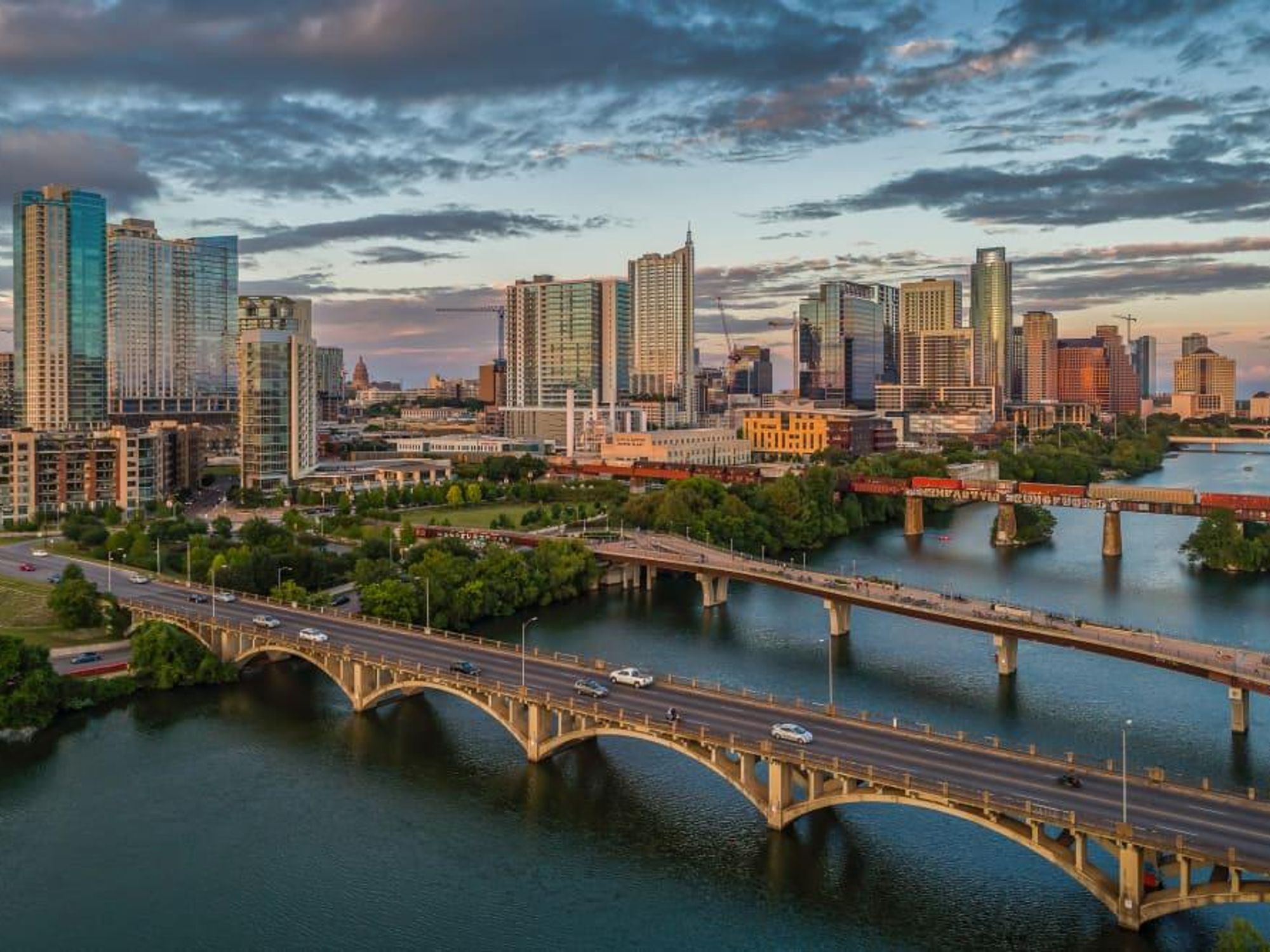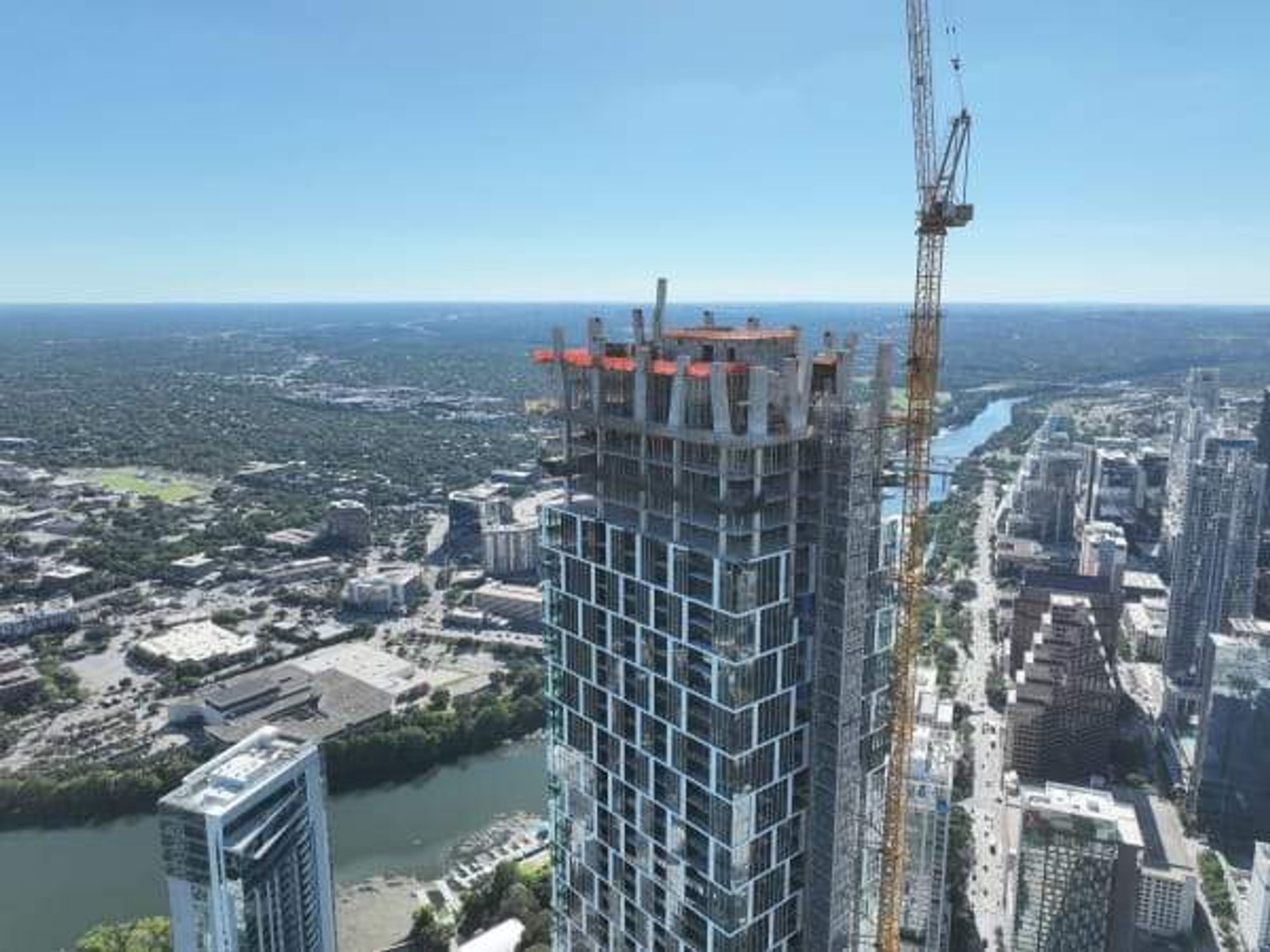Explosive news
Austin’s explosive growth triggers ‘boomtown’ status in new national study

Austin continues to be a job-producing machine. From October 2018 to October 2019, the Austin metro area added more than 39,600 net new jobs, making it the No. 1 job creator among Texas metro areas on a percentage basis.
Austin’s status as a job magnet helped it vault to the top position among U.S. mega-cities for economic and population growth, according to a new ranking from personal finance website SmartAsset released December 3.
To determine the top “boomtowns” in the U.S., SmartAsset analyzed economy-related data for 500 cities nationwide. The site considered these factors: population change; unemployment rate; economic growth rate (measured by GDP, or economic output); business growth; housing growth; and growth in household income.
“Job creators continue to see our region as an ideal location to find the talent, innovation, and collaborative community that will help them grow and thrive,” Charisse Bodisch, senior vice president of economic development for Opportunity Austin, the Austin Chamber of Commerce’s regional economic development initiative, said in September.
Austin ranks 12th overall in the SmartAsset study, but first among cities with at least 900,000 residents. Austin’s standout numbers include:
- Five-year population growth — 5.64 percent
- Average yearly growth in GDP — 5.19 percent
- Five-year change in number of businesses — 14.71 percent
- Five-year growth in housing rate — 8.39 percent
Appearing at No. 10 overall is Round Rock, the biggest suburb in the Austin metro area. Round Rock posted population and economic growth at least double the average rate for the 500 cities included in the study, SmartAsset notes.
Round Rock’s population jumped 14.52 percent from 2014 through 2018, according to SmartAsset, while its economic growth from 2013 through 2017 came in at 5 percent. Most notably, Round Rock ranked third for business growth among the 500 cities analyzed. It saw a 20.32 percent leap in the number of businesses from 2012 through 2016.
The Round Rock Chamber of Commerce touts the city’s talent pool, “superior” real estate, “unparalleled” quality of life, and presence of “world-class businesses” (like locally based Dell Technologies) among its calling cards.
Austin and Round Rock aren’t the only economic stars from the Lone Star State.
The Dallas-Fort Worth suburb of Denton lands at No. 2 in SmartAsset’s 500-city study.
From 2014 through 2018, the population of Denton rose 8 percent, and the city’s household income soared by more than 36 percent, SmartAsset says. Meanwhile, the number of businesses climbed 18.62 percent from 2012 through 2016.
The Denton Economic Development Partnership cites the city’s central location in the U.S., presence in the Dallas-Fort Worth labor market, low-cost business climate, low cost of living, “excellent” quality of life, and two public universities as characteristics as making it “a natural place for business and industry success.”
Elsewhere in the study, the San Antonio suburb of New Braunfels ranks sixth overall.
From 2014 through 2018, the city’s population grew by more than 30 percent, SmartAsset notes, and the number of housing units increased more than 41 percent. Furthermore, New Braunfels saw its GDP rise 4.75 percent from 2013 through 2017 and the number of businesses shoot up 16.45 percent from 2012 through 2016.
The Greater New Braunfels Chamber of Commerce says the city boasts “exceptional” transportation networks, numerous universities within a 30-minute drive, and pro-business tax policies and regulations.
The Dallas-Fort Worth suburbs of Frisco and McKinney come in at No. 13 and No. 14, respectively, in the SmartAsset study. Frisco’s population jumped 29.73 percent and McKinney’s went up 22.27 percent from 2014 through 2018. Also, housing growth exploded in both cities — Frisco at 36.78 percent from 2014 through 2018 and McKinney at 22.14 percent.
The Frisco Economic Development Corp. brags that the city “is one of the most desirable locations in the United States to live, work, educate, and innovate.” For its part, the McKinney Economic Development Corp. points out that the city “has a young, highly educated workforce. We are one of the fastest-growing communities and regions in America, so our resources only continue to grow.”

 Lots of people want to live in Leander. Leander Parks & Recreation/Facebook
Lots of people want to live in Leander. Leander Parks & Recreation/Facebook